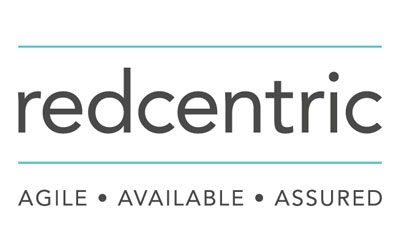If you are using cloud computing, the chances are that your solution is made up of a hybrid or multi-cloud approach. Hybrid cloud is one of the leading approaches used by many enterprise organisations due to its inherent agility, scalability and flexibility to move workloads to the most relevant and effective environment.
But things can get complex pretty quickly. There are challenges such as security, ensuring governance requirements are met and that the various clouds are being managed against your business objectives.
A strategically-sound hybrid migration will set you up for optimum returns, but it doesn’t guarantee them. Organisations are increasingly investing in cloud management platforms and cost optimisation tools to take some of the strain, but there are plenty of very simple ‘good practice’ tips that will support you in managing your hybrid cloud environments.
1 – Continuously monitor usage and spend
It’s too easy for departments to spin up clouds without a robust use case, and to then compound the error by not mapping them accurately enough. Uncontained adoption and cloud sprawl must be reined in. Set up monthly alerts and budgets if need be.
2 – Shut down unused instances
Stop being wasteful. Invest in back-end services such as service monitoring and dynamic resource allocation. Use automated policies to shut down workloads after hours, specify expiration dates for workloads and eliminate inactive storage.
3 – Tag workloads
Workload tagging still has a role to play, but remember they are only effective if everyone is using them consistently. Tags can highlight attributes such as workload type, what application it is for, its expiration date etc, and can be easily reported against.
4 – Optimise, optimise, optimise
Always look to do better. Maintain focus around right-sizing workloads, eliminating waste, getting on top of budgetary overruns, and utilising new technologies to help you manage your hybrid environments more effectively and cost-efficiently. Just because a workload started in one place doesn’t mean it should stay there; and if rearchitecting an application will give you better returns than replatforming it in the long run, factor that into your planning too.
5 – Maintain the perfect balance
With visibility of the cloud infrastructure in place and a flow of utilisation analytics, you have what you need to properly orchestrate hybrid working and capitalise on the benefits of each tier. Taking advantage of public cloud vendor discounts comes into this, as does avoiding vendor lock-in, which could impact costs over time. And don’t take your eye off private cloud costs either – use tools, outsourced services and partnerships to extract maximum value.
For more information on how to manage your hybrid cloud environments, please contact us at sayhello@redcentricplc.com



